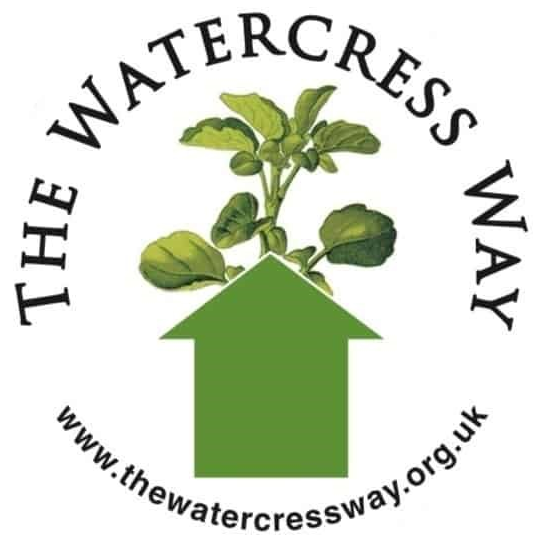The ecological value of railway lines
The ecological value of railway lines and their associated land–cuttings or embankments has long been recognised.
In 1984 NERC, the Natural Environment Research Council, produced a report in 1984 by Caroline Sargent entitled ‘Britain’s Railway Vegetation’.
In 1987 the Hampshire Lineside Vegetation Project was launched which concluded amongst others things ‘Railway corridors are an important landscape and ecological resource that form an integral part of the rural and urban scene’.
The 2010 report by Sir John Lawton, ‘Making Space for Nature: A review of England’s Wildlife Sites and Ecological Network’ has been widely acclaimed as a blueprint for protecting and enhancing wildlife in the UK and this needs to be seen against a backdrop of concerns over the ecological implications of climate change.
It was welcomed by both the Labour and Coalition governments.
It states that ‘many existing landscape features (natural and man-made) increase connectivity between different parts of the network at various scales.
They include stepping stone habitats, and linear features such as rivers, canals, cycle-routes, railway embankments and hedges’.
Migration and movement of certain species along linear routes is now well documented.
The implementation of the Beeching cuts created large lengths of disused lines throughout the British Isles which eventually were recognised to have ecological and recreational value.
David Goode in his 2014 book ‘Nature in Towns and Cities’ gives numerous examples of how disused railway lines have combined being both valuable habitats and providing recreational routes.
In Hampshire there are several such lines including the Alton to Fareham line along the Meon valley, the Romsey to Andover line along the Test Valley, the Winchester to Newbury Line via Sutton Scotney and Whitchurch and of course the Watercress line from Alresford to Winchester.
A number of these routes are already partly in recreational use.
Disused railways offer a variety of habitats.
For example the Bishops Stortford to Braintree disused line in Essex had a population of glow worms where the ballast remained.
Cuttings and embankments provide a variety of possibilities depending on their height, depth and aspect.
Clearance of scrub on the Meon Valley line has boosted the cowslip population and it is now thought to be a likely location for the rare Duke of Burgundy fritillary.
The opportunity to manage and further develop the potential of such an ecological corridor along the Itchen Valley should not be missed.
Much of the land to the north of the line in the Itchen Valley is intensively managed agriculture and there are numerous gardens to the south which themselves can also be expected to support useful wildlife.
Further to the west surrounding farmland becomes a more dominant feature.
The ecological value of the line will however depend significantly on its future management.
Local volunteers and others have already made a very useful start and further work should involve sensitive tree felling to open out views and to let in more light.
This should apply to both cuttings and embankments and also taking aspect into account.
Regular cutting of vegetation along the bed of the line will also be necessary.
Some stretches of the line are covered with dense scrub which will need to be cleared.
From the recreational viewpoint, opening up selected views will be welcome.
Most of the wildlife interest of railway lines is on the sides of the former track(s) so where necessary, enhancement of the bed of the line for agreed recreational uses is unlikely to be a problem from the ecological viewpoint.
Some preliminary information is already available on the wildlife of the line.
There are many fine ash trees, with hazel and sycamore and occasional yew, birch, cherry, holly and willows.
Shrubs include the guelder rose, hawthorn, dogwood and the wayfaring tree.
The ground vegetation includes dogs mercury, lords and ladies, herb robert, wild strawberries, wild garlic, white deadnettle, rose bay willow herb, speedwell, hedge woundwort, primroses, cowslips, cuckoo pint and surprisingly, the white helleborine orchid.
Hart’s tongue ferns are well represented on the brickwork of bridges.
There are also a number of garden escapes.
It almost certainly has a significant population of small mammals probably including bats and provides good habitat for owls.
Some reptiles and amphibians are likely to be present.
Variations in light and shade will be attractive to certain butterflies.
A full species list needs to be built up supported by an in depth survey taken over the course of at least a year.
J R Thompson June 2015
